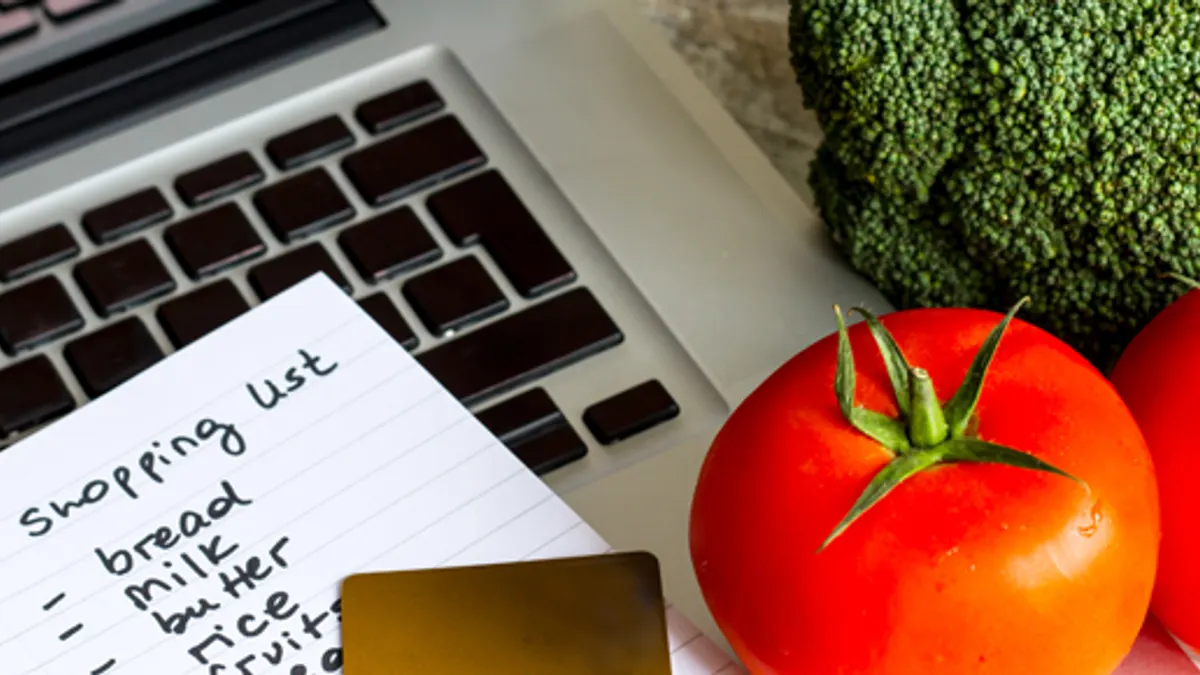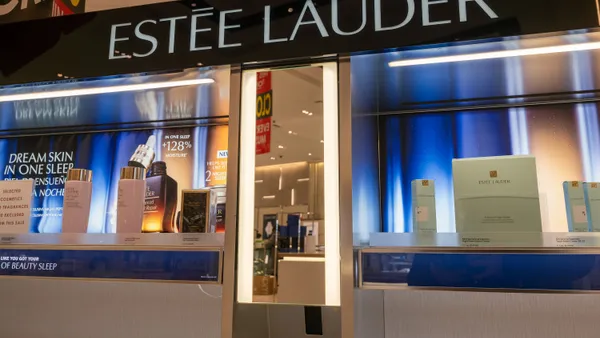Grocery shopping is a fundamentally complicated experience - and something we can all relate to. Trying to remember the 40+ items you need to buy on a weekly basis, while keeping in mind what you’re planning to cook, who to cook for, your budget and your dietary goals, can often feel like an exercise session on a mental treadmill. In an attempt to manage it all, some keep a paper list on the fridge, some create a list on their smartphone, and others wait to be inspired in the grocery store. However, almost all of us realize that we’ve forgotten something after the shop is done.
Why am I talking to you about this mundane, everyday process we’re all familiar with? Because it’s under siege by new technologies. Amazon is leading the charge, knowing full well that shoppers will embrace a more efficient and effective process than the flawed ones we have today. And once all of our shopping lists become digital, whoever owns the contents of the shopping list will be in an incredible position of power.
What’s even more disconcerting is that grocers are in a critical war that they don’t even know they’re a part of -- The War for the Shopping List. And Amazon is waging this war as follows:
The Beachhead: A New Kitchen Tool
Three years ago, Amazon had a brilliant idea; if they could provide a better alternative to the everyday pen-and-paper list, they’d be able to know what shoppers want to buy, and then shift those purchases their way. They launched the Amazon Dash Wand, a handheld kitchen device that with a single click of a button can scan a product barcode or translate a voice note, which would immediately add those items to your Amazon shopping list. In other words, the second the inspiration strikes, Amazon could help you instantly capture it.
While mobile apps with a digital shopping list are a nice tool, they’re perceived by many shoppers as requiring more work than picking up a pen and paper - they have to unlock their phone, find the app, open the app, find the list, then type the items. That’s why Amazon tried a completely new strategy.
The Major Offensive: The Personal Assistant
Amazon quickly saw how powerful the Dash was and didn’t stop innovating, this time aiming for a zero-click experience. A few years later, they introduced Amazon Alexa: the most natural, effortless list-building experience possible. It was designed to answer any and all questions through voice and natural language so that the second the consumer realizes they need to add something to their shopping list, they would turn to this assistant with ease. Combined with Amazon Prime’s same day deliveries, this becomes an incredibly dangerous competitive threat.
To date, the Amazon Echo is rumored to have sold over 6M units. Knowing that it’s only sold in the US market, and that most households aren’t likely to have more than 1 unit, this could represent between 3-5% penetration of US households -- in less than 2 years of being available -- and continues to grow aggressively. This is not a fad. Voice is the future of how shoppers will interact with technology.
Google launched a similar device called the Google Home, and it’s widely rumored that Apple will soon launch an equivalent as well. Microsoft is also planning to power a range of devices by the end of the year using its Cortana digital assistant software. All of these devices, including the Amazon Alexa, have support for 3rd party “apps” to run on them.
Thankfully, the war is far from over, and grocers have their own advantages. Amazon still doesn’t have the years of shopper purchase data that they would have from a loyalty program, nor does Amazon have the physical store experience (yet). Grocers now have the chance to take their apps and eCommerce experiences and connect them to devices like the Google Home and Amazon Alexa through a voice “app” to provide the same level of convenience; paired with your data and the in-store experience, you could offer more new customer experiences than Amazon.
As consumers increasingly look for ways to save time in their lives, they will turn to tools that will maximize convenience. The future tool we use to manage our shopping lists will likely dictate where we spend our dollars.
Grocers that aren’t thinking about how to capture the list are putting their sales at risk, too easily allowing their shoppers’ dollars to end up with their competitors. If they want to survive, they have no choice but to rally their troops, arm themselves with new technologies that their shoppers are already embracing, and link them to their existing store experience to provide a broader shopping experience than Amazon can. This will ensure that the moment inspiration strikes to add something to the list, grocers will win the war.
Chris Bryson is the CEO and Founder of Unata, the leading 1-to-1 digital platform for grocers.










